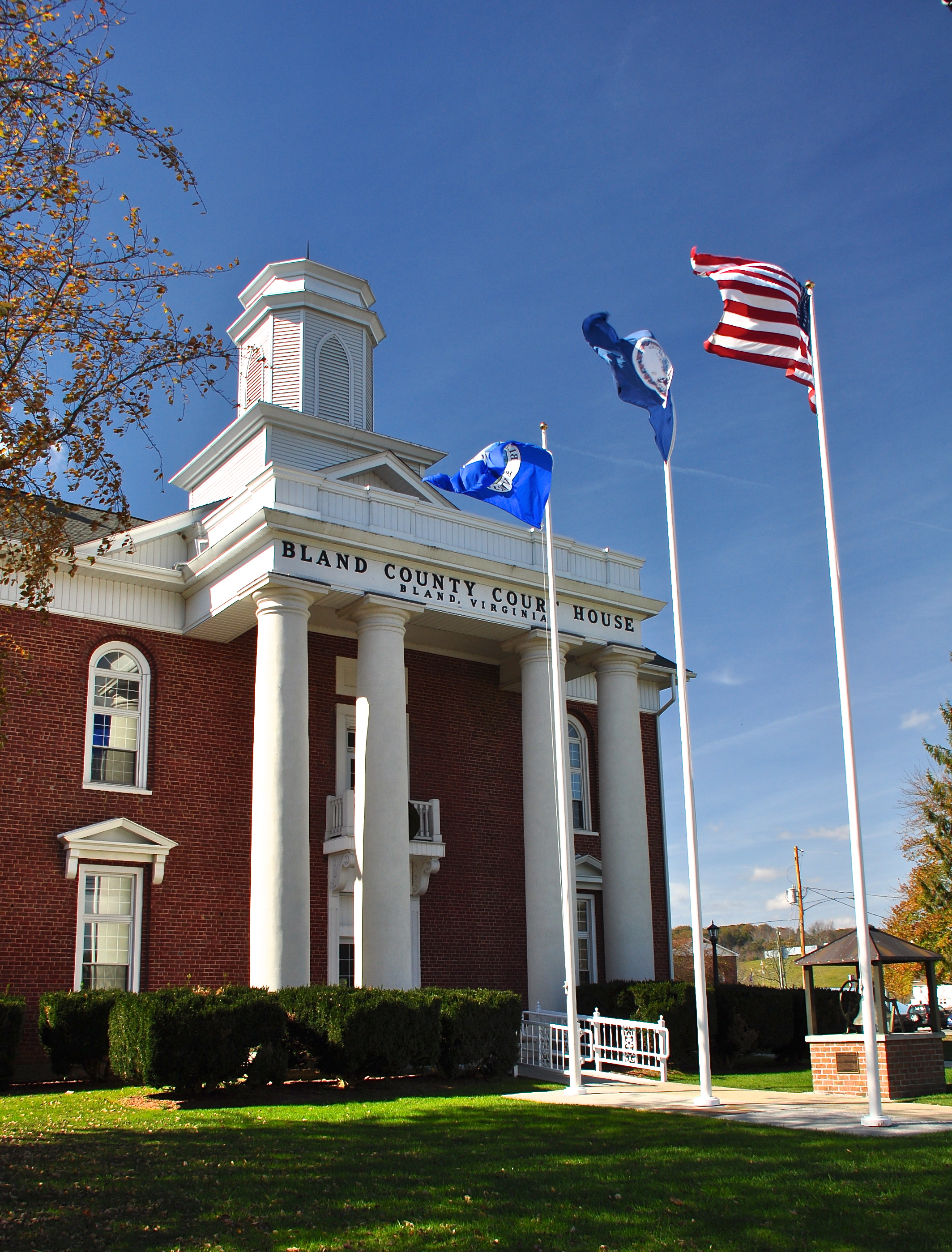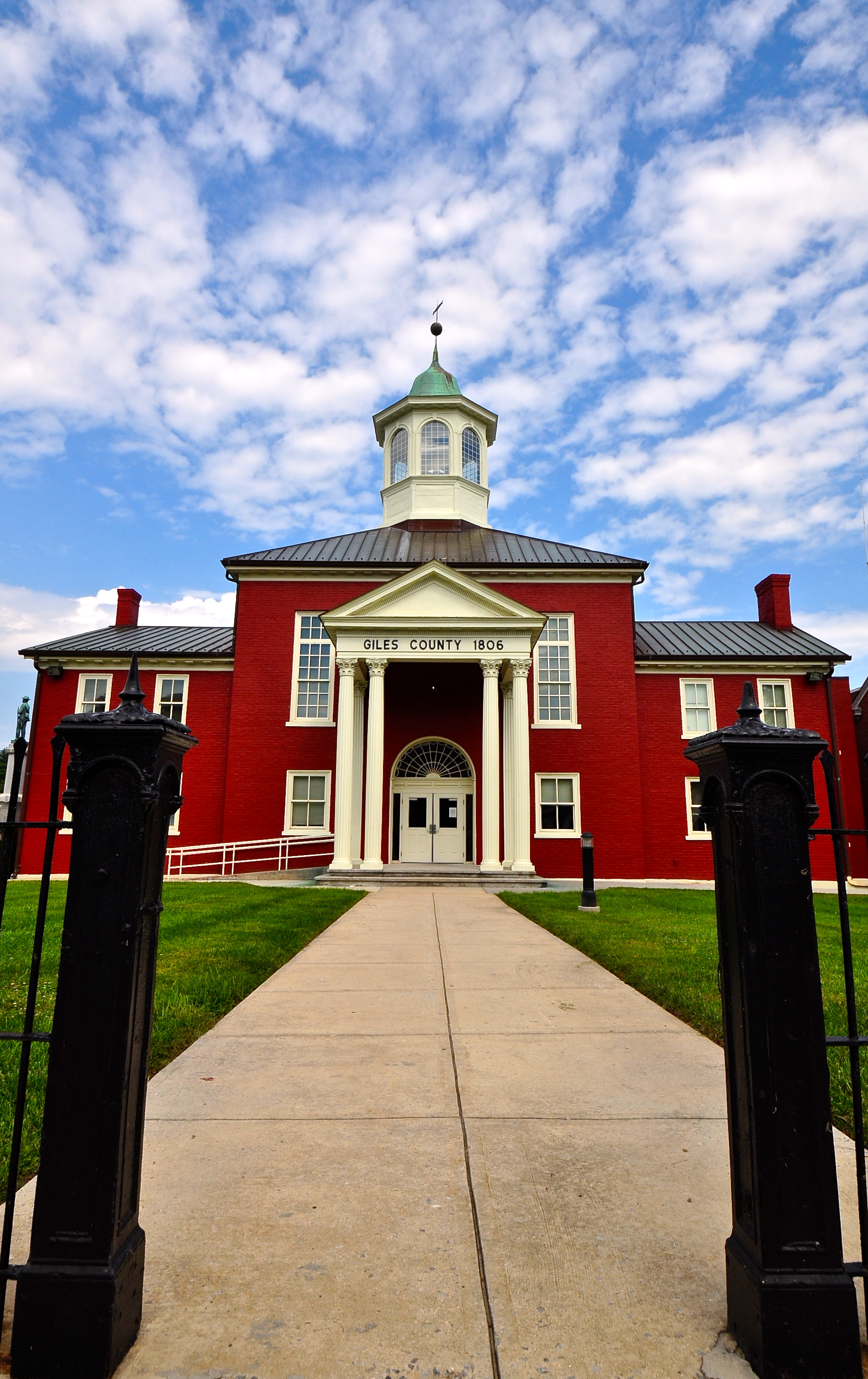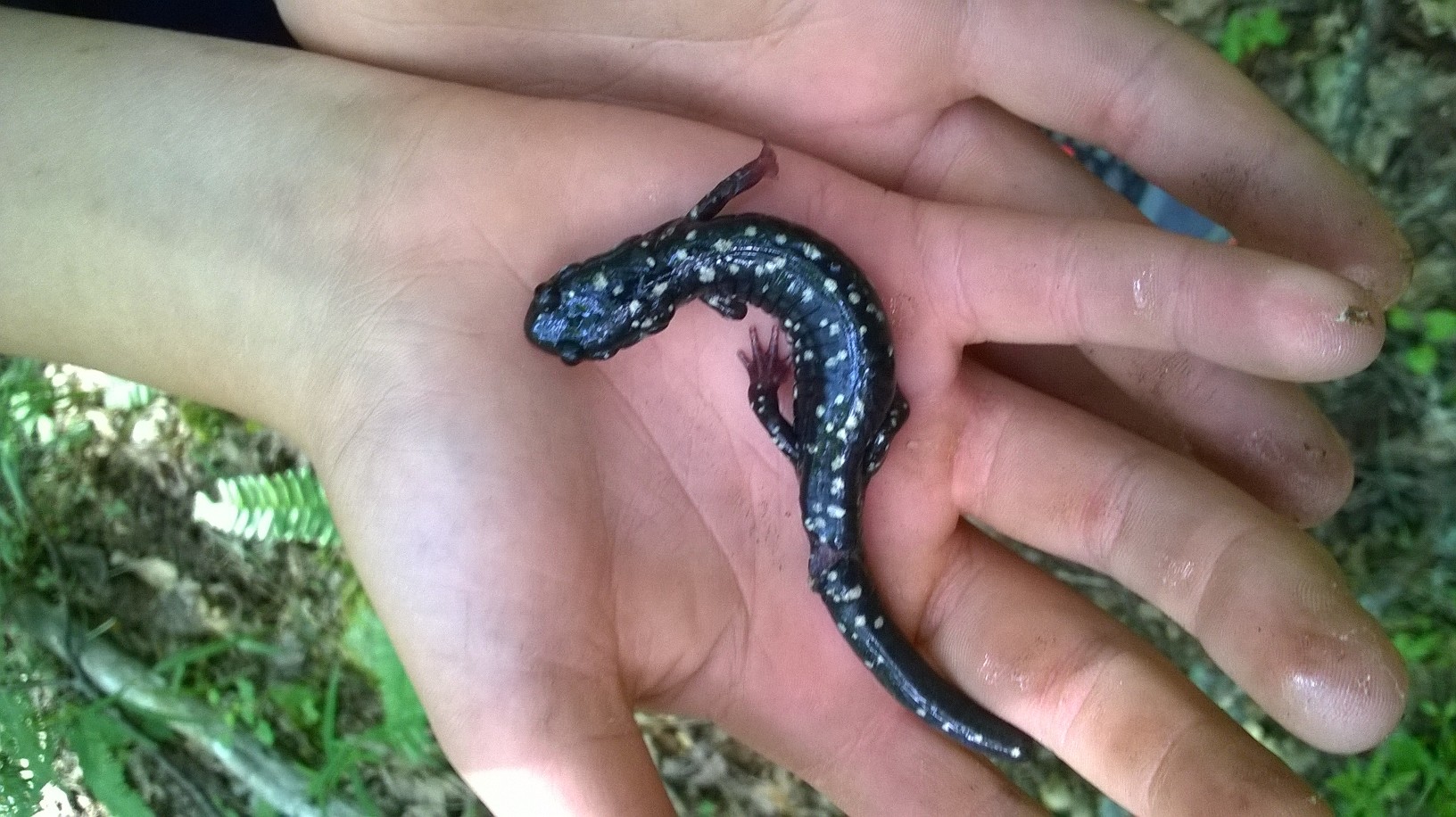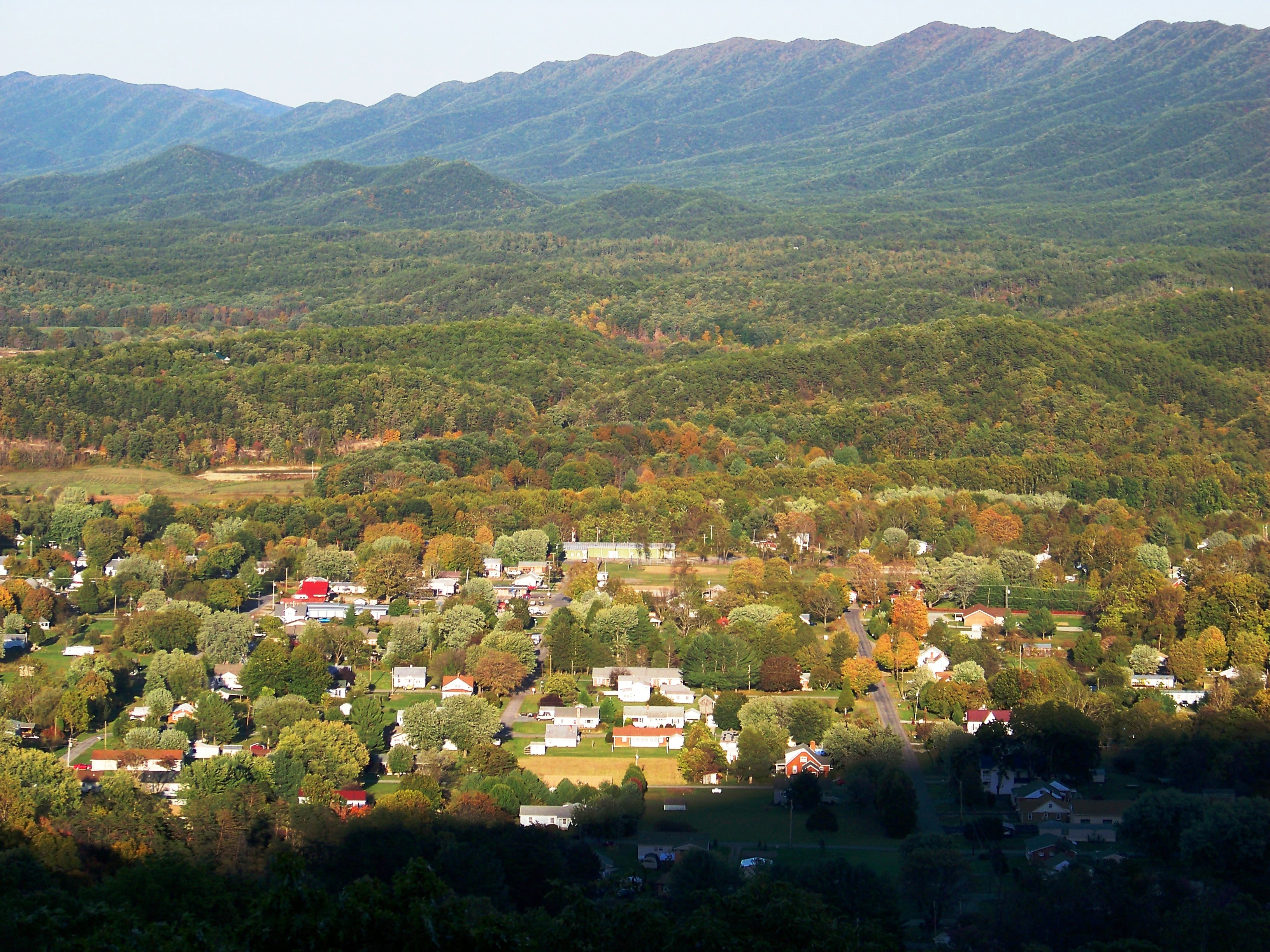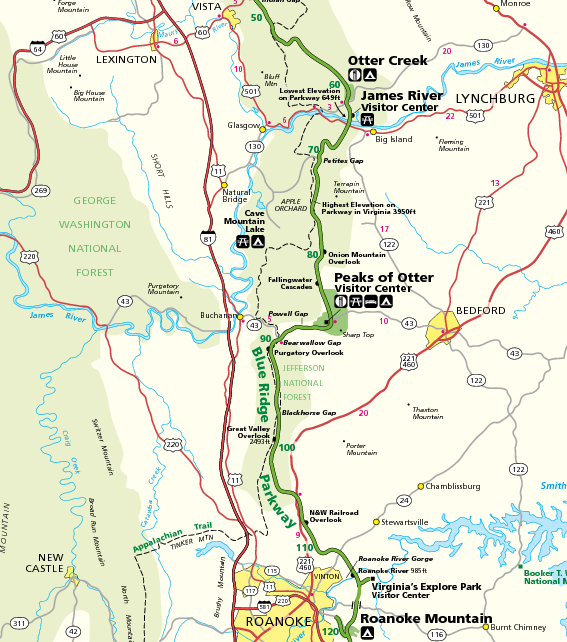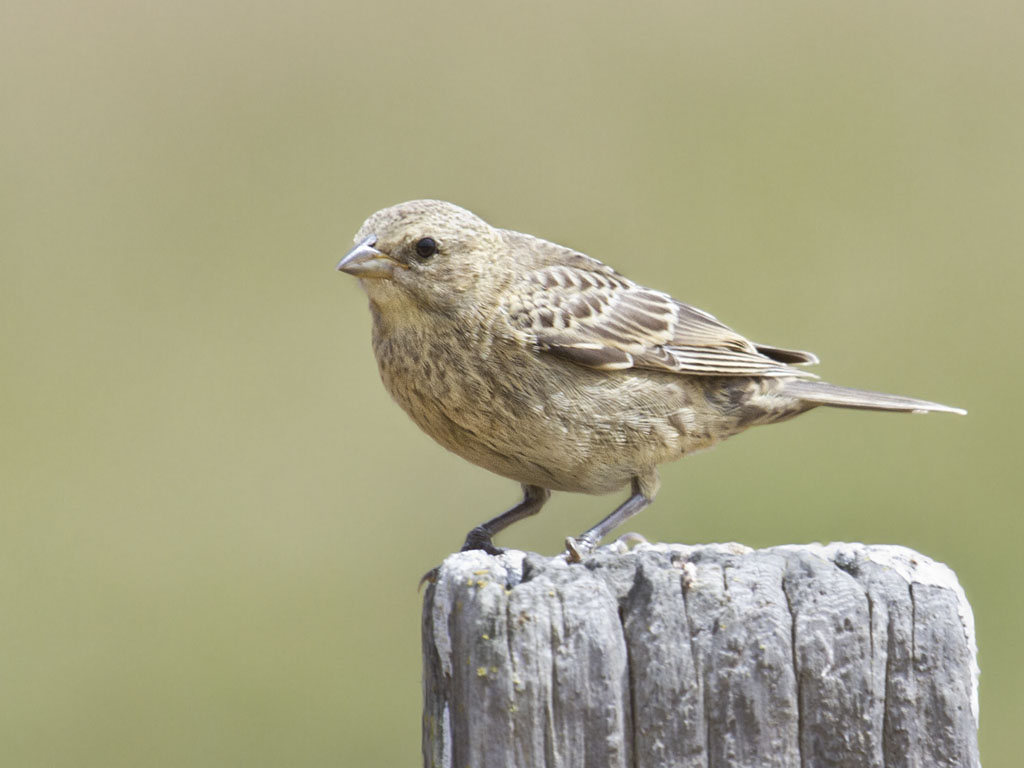|
Clinch Ranger District Cluster
The Clinch Ranger District Cluster is a region in the George Washington and Jefferson National Forests recognized by The Wilderness Society for its rich biodiversity and rugged scenery. It offers a unique habitat for rare plants, salamanders and other rare species. Description The region includes wilderness areas protected by Congressional action, as well as inventoried wilderness and uninventoried areas recognized by the Wilderness Society as worthy of protection from timbering and roads. The cluster contains the following areas, all within the Clinch Ranger District of the George Washington and Jefferson National Forests:Virginia's Mountain Treasures, report issued by The Wilderness Society, May, 1999 *Northern section of the Clinch Ranger District ** Stone Mountain Wilderness ** North Fork of the Pound *Southern section ** Little Laurel Branch ** Roaring Branch **Little Stony Creek ** Devils Fork (conservation area) **Laurel Fork (conservation area) Location and access The ... [...More Info...] [...Related Items...] OR: [Wikipedia] [Google] [Baidu] |
Scott County, Virginia
Scott County is a county located in the southwestern part of the U.S. state of Virginia. As of the 2020 census, the population was 21,576. Its county seat is Gate City. Scott County was formed by an act of the General Assembly on November 24, 1814, from parts of Washington, Lee, and Russell Counties and was named for Virginia born General Winfield Scott. Scott County is part of the Kingsport–Bristol–Bristol, TN-VA Metropolitan Statistical Area, which is a component of the Johnson City–Kingsport–Bristol, TN-VA Combined Statistical Area, commonly known as the " Tri-Cities" region. The County Administrator is Freda Russell Starnes. History The early settlers found evidence of a former native village at the mouth of Stony Creek on the Clinch river. Thomas McCulloch was the first white settler within the county, in 1769. Daniel Boone commanded several forts located here in 1774 during Dunmore's War, and several more were built in successive years. Even so, the Chickamau ... [...More Info...] [...Related Items...] OR: [Wikipedia] [Google] [Baidu] |
Russell Fork
The Russell Fork, 1975 Board on Geographic Names decision is a U.S. Geological Survey. National Hydrography Dataset high-resolution flowline dataThe National Map accessed June 13, 2011 tributary of the Levisa Fork in southwestern Virginia and southeastern Kentucky in the United States. Known for its whitewater, it rises in the Appalachian Mountains of southwest Virginia, in southern Buchanan County at the base of Big A Mountain, and flows northwest into Dickenson County. The Russell Fork continues to flow through the town of Haysi, Virginia, the Breaks Interstate Park, and the town of Elkhorn City, Kentucky, in Pike County, where it flows into the Levisa Fork which, together with the Tug Fork, form the Big Sandy River. See also * List of rivers of Kentucky * List of rivers of Virginia *Breaks Interstate Park Breaks Interstate Park is a bi-state state park located partly in southeastern Kentucky and mostly in southwestern Virginia, in the Jefferson National Forest, at the n ... [...More Info...] [...Related Items...] OR: [Wikipedia] [Google] [Baidu] |
Garden Mountain Cluster
The Garden Mountain Cluster is a region in the Jefferson National Forest recognized by The Wilderness Society for its diversity of habitats extending along the east, south and west of Burke's Garden. The cluster, part of the Appalachian Mountains in southwest Virginia, connects wildlands in the high country of Garden Mountain and adjacent streams and ridges in one of the most remote areas of Virginia. Description The Garden Mountain Cluster contains seven wildlands with different degrees of protection: wilderness areas, a study area and two areas recognized by the Wilderness Society as "Mountain Treasures", areas that are worthy of protection from logging and road construction. The areas in the cluster are: *Wilderness Areas ** Hunting Camp Creek Wilderness ** Garden Mountain Wilderness ** Beartown Wilderness *Study Areas ** Lynn Camp Creek Wilderness Study Area *Wild areas recognized by the Wilderness Society as "Mountain Treasures" ** Beartown Wilderness Addition A ** Beartown ... [...More Info...] [...Related Items...] OR: [Wikipedia] [Google] [Baidu] |
Kimberling Creek Cluster
The Kimberling Creek Cluster is a region in the George Washington and Jefferson National Forests, Jefferson National Forest recognized by The Wilderness Society (United States), The Wilderness Society for its diversity of habitats extending along parts of Brushy and Hogback Mountains. Kimberling Creek, with headwaters in the cluster, flows into Big Walker Creek, a tributary of the New River. Description The Kimberling Creek Cluster contains wild areas that are worthy of protection from logging and road construction. These include areas with different levels of protection. One is recognized as a “Mountain Treasure” by the Wilderness Society and the other is a wilderness protected by law. The areas in the cluster are: *Brushy Mountain (conservation area) *Kimberling Creek Wilderness Nearby wild areas: *Walker Mountain Cluster *Garden Mountain Cluster *Angels Rest Cluster Location and access The cluster is east of Interstate I-77, about five miles north of Bland, Virginia ... [...More Info...] [...Related Items...] OR: [Wikipedia] [Google] [Baidu] |
Walker Mountain Cluster
The Walker Mountain Cluster is a region in the Jefferson National Forest recognized by The Wilderness Society for its diversity of habitats extending along Walker Mountain. The mountain, part of the Appalachian Mountains in southwest Virginia, borders the western side of the Great Valley of Virginia. Interstate 81 traverses the Great Valley as it takes travelers between Tennessee and West Virginia. Description The Walker Mountain Cluster contains four wildlands recognized by the Wilderness Society as “Mountain Treasures”, areas that are worthy of protection from logging and road construction. The areas in the cluster are: * Big Walker Mountain * Little Walker Mountain (conservation area) * Long Spur (conservation area) * Seven Sisters (conservation area) * Crawfish Valley (Bear Creek) Nearby wild areas: * Big Survey Wildlife Management Area Location and access The cluster extends along Walker Mountain from its southern end near Rural Retreat, Virginia to its northern e ... [...More Info...] [...Related Items...] OR: [Wikipedia] [Google] [Baidu] |
Angels Rest Cluster
The Angels Rest Cluster is a region in the Jefferson National Forest recognized by The Wilderness Society for its diversity of habitats with steep mountains, an isolated valley, a waterfall and wetlands. It is named after a high point on Pearis Mountain with views of the New River and surrounding area. It contains two large wild areas connected by the Appalachian Trail. Description The Angels Rest Cluster contains two wildlands recognized by the Wilderness Society as “Mountain Treasures”, areas that are worthy of protection from logging and road construction. The areas in the cluster are: * Mill Creek (conservation area) * Dismal Creek Location and access The northeast end of the cluster is about one mile south of Pearisburg, Virginia. Roads and trails in the cluster are shown on National Geographic Map 787 (Blacksburg, New River Valley). A great variety of information, including topographic maps, aerial views, satellite data and weather information, is obtained by sele ... [...More Info...] [...Related Items...] OR: [Wikipedia] [Google] [Baidu] |
Mountain Lake Wilderness Cluster
The Mountain Lake Wilderness Cluster is a region recognized by The Wilderness Society for its unique waterfalls, vistas, trout stream and wildlife habitat. The heart of the region is the Mountain Lake Wilderness, the largest wilderness in the George Washington and Jefferson National Forests. These public lands are enhanced by the presence of private lands which are preserved to maintain their natural integrity.Virginia's Mountain Treasures, report issued by The Wilderness Society, May, 1999 The region includes the Mountain Lake Biological Station that studies distinctive wildlife and ecology of the area. Description The Mountain Lake Wilderness Cluster contains wildlands under different levels of management. There are wilderness areas protected by Congressional action, inventoried wilderness, areas recognized by Wilderness Society as worthy of protection from timbering and roads, and other forest service land that act as a buffer for the protected areas. These areas are in ... [...More Info...] [...Related Items...] OR: [Wikipedia] [Google] [Baidu] |
Sinking Creek Valley Cluster
The Sinking Creek Valley Cluster is a region in the Jefferson National Forest recognized by The Wilderness Society for its unique recreational and scenic values as well as the importance of its watershed protection for Johns Creek and Craig Creek. Sinking Creek Valley is one of the most scenic valleys in Virginia. Description The Sinking Creek Valley Cluster contains wildlands recognized by the Wilderness Society as “Mountain Treasures”, areas that are worthy of protection from logging and road construction. The areas in the cluster are: *Sinking Creek Mountain * Johns Creek Mountain Location and access The cluster is about six miles north of Newport Virginia. Roads and trails in the cluster are shown on National Geographic Map 788 (Covington, Alleghany Highlands. A great variety of information, including topographic maps, aerial views, satellite data and weather information, is obtained by selecting the link with the wild land’s coordinates in the upper right o ... [...More Info...] [...Related Items...] OR: [Wikipedia] [Google] [Baidu] |
Barbours Creek-Shawvers Run Cluster
The Barbours Creek-Shawvers Run Cluster is a region in the Jefferson National Forest recognized by The Wilderness Society for its unique high elevation mountains, vistas, trout streams and wildlife habitat. With over 25,000 acres in a remote corner of the national forest, the cluster provides protection for black bear, clean water, backcountry hiking, and scenic beauty. Description The Barbours Creek/Shawvers Run Wilderness Cluster contains wilderness areas, and wildlands recognized by the Wilderness Society as "Mountain Treasures", areas that are worthy of protection from logging and road construction. The areas in the cluster are: *Wilderness Areas ** Barbours Creek Wilderness ** Shawvers Run Wilderness *wild areas in the Jefferson National Forest recognized by the Wilderness Society as "Mountain Treasures" ** Hoop hole **Barbours Creek Wilderness Addition ** Potts Arm * Toms Knob, a wild area in the George Washington National Forest recognized by the Wilderness Society as a "M ... [...More Info...] [...Related Items...] OR: [Wikipedia] [Google] [Baidu] |
Craig Creek Cluster
The Craig Creek Cluster is a region recognized by The Wilderness Society for its unique high elevation mountains, vistas, trout streams and wildlife habitat. The cluster contains wildlands and wilderness areas along Craig Creek, a 65-mile long creek with headwaters at the Brush Mountain Wilderness near Blacksburg. Popular for hiking, canoeing, mountain biking, hunting, horseback riding, and fishing, the area offers an opportunity for secluded recreation. During the summer months the area is an escape from other public lands that are busy with visitors. Description The Craig Creek Wilderness Cluster contains wilderness areas and wildlands recognized by the Wilderness Society as “Mountain Treasures”, areas that are worthy of protection from logging and road construction. The areas in the cluster are: *Wilderness Areas **Brush Mountain Wilderness ** Brush Mountain East Wilderness *Wildareas recognized by the Wilderness Society as “Mountain Treasures” ** Patterson Mountai ... [...More Info...] [...Related Items...] OR: [Wikipedia] [Google] [Baidu] |
Glenwood Cluster
The Glenwood Cluster is a region in the George Washington and Jefferson National Forests recognized by The Wilderness Society for its rich biodiversity, scenery, wildflower displays, cold-water trout streams and horse trails. It offers a unique habitat for rare plants, salamanders and other rare species. The Blue Ridge Parkway and the Appalachian Trail traverse the area, giving ready access with views to the east of the Piedmont region and to the west of the Valley of Virginia.Virginia's Mountain Treasures, report issued by The Wilderness Society, May, 1999 Description The region includes wilderness areas protected by Congressional action, inventoried wilderness, and uninventoried areas recognized by the Wilderness Society as worthy of protection from timbering and roads. A corridor along the Blue Ridge Parkway, managed by the National Park Service, and forest service land in the Glenwood Ranger District act as a buffer for the protected areas. The following areas are in the ... [...More Info...] [...Related Items...] OR: [Wikipedia] [Google] [Baidu] |
Brown-headed Cowbird
The brown-headed cowbird (''Molothrus ater'') is a small, obligate brood parasitic icterid native to temperate and subtropical North America. It is a permanent resident in the southern parts of its range; northern birds migrate to the southern United States and Mexico in winter, returning to their summer habitat around March or April. Taxonomy The brown-headed cowbird was described by the French polymath Georges-Louis Leclerc, Comte de Buffon in 1775 in his '' Histoire Naturelle des Oiseaux'' from a specimen collected in the Carolinas. The bird was also illustrated in a hand-colored plate engraved by François-Nicolas Martinet in the ''Planches Enluminées D'Histoire Naturelle'', which was produced under the supervision of Edme-Louis Daubenton to accompany Buffon's text. Neither the plate caption nor Buffon's description included a scientific name, but in 1783, Dutch naturalist Pieter Boddaert coined the binomial name ''Oriolus ater'' in his catalogue of the ''Planches Enluminà ... [...More Info...] [...Related Items...] OR: [Wikipedia] [Google] [Baidu] |
.jpg)


